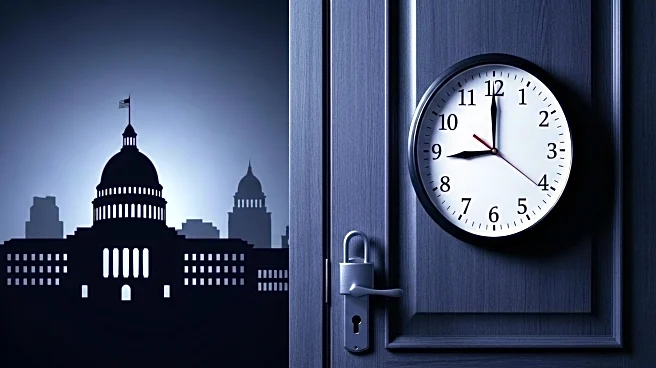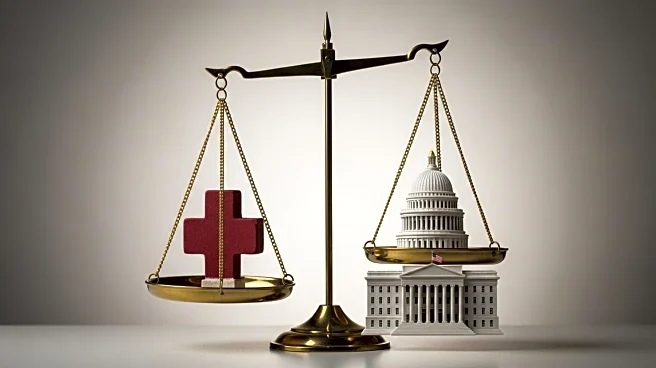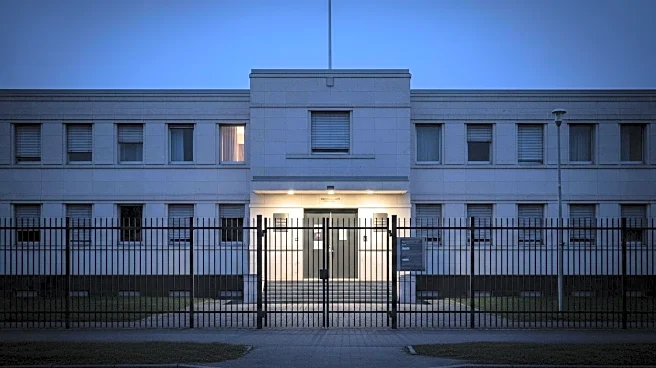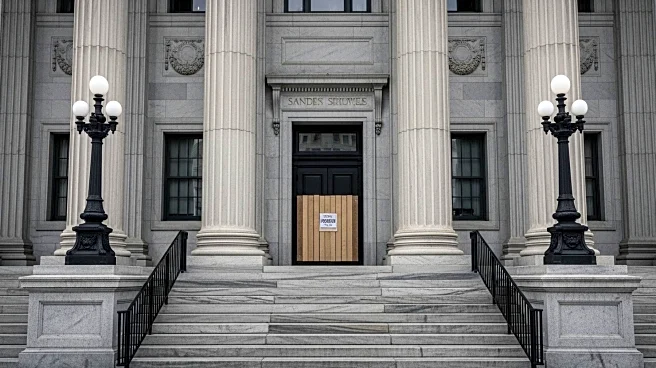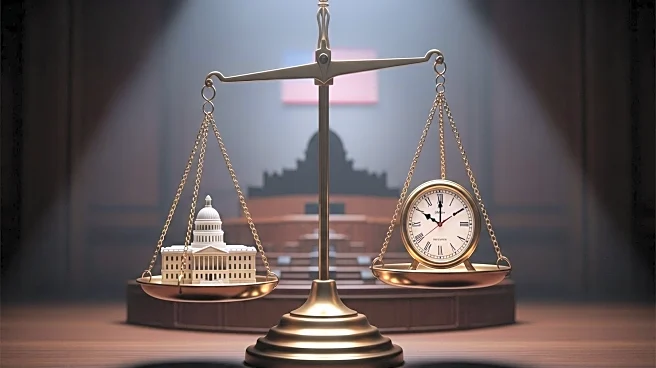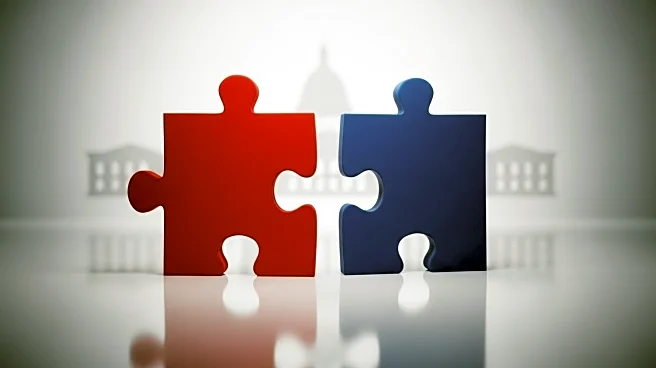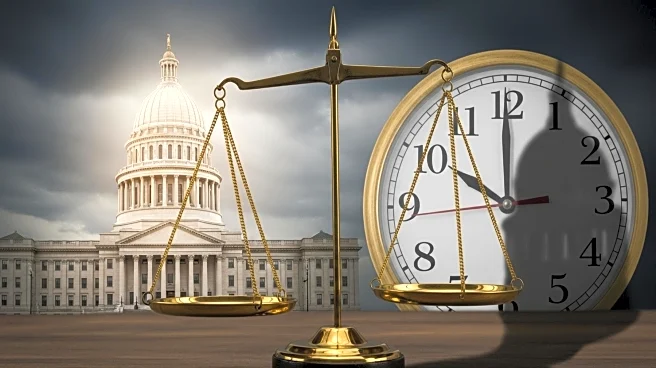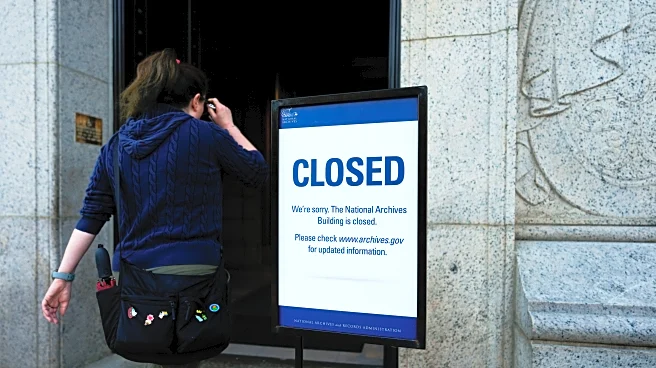What's Happening?
The U.S. Senate is set to reconvene as the federal government shutdown enters its third day. The deadlock persists due to partisan disagreements over federal spending, with Democrats refusing to support a spending plan that excludes Medicaid funding and health insurance subsidies. The shutdown has led to furloughs of federal employees, with some departments, like Education, facing criticism for partisan language in automated email responses. The situation remains tense as both parties hold firm on their positions, with no immediate resolution in sight.
Why It's Important?
The ongoing shutdown highlights the significant impact of political gridlock on government operations and public services. Federal employees face uncertainty and financial strain due to furloughs, while public services are disrupted. The situation also raises concerns about the politicization of federal agencies, as seen in the partisan messaging in official communications. This shutdown could have lasting effects on public trust in government institutions and may influence future policy debates and electoral outcomes.
What's Next?
The Senate's reconvening offers a potential avenue for negotiation and compromise. However, with both parties entrenched in their positions, the path to resolution remains uncertain. Stakeholders, including federal employees and advocacy groups, are likely to increase pressure on lawmakers to reach an agreement. The outcome of these negotiations will be closely watched, as it could set the tone for future budgetary and policy discussions.


